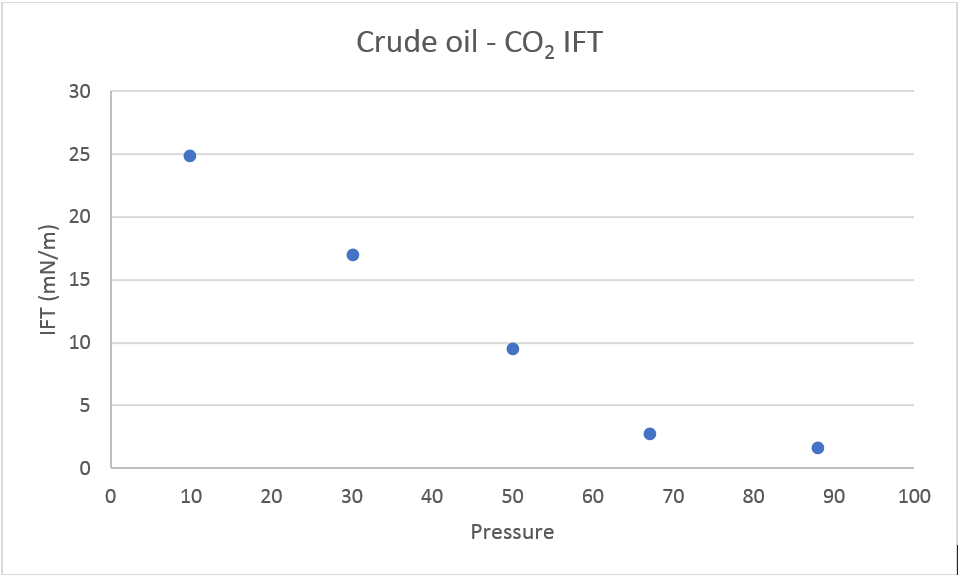The oil and gas industry is comprised of many different complex processes, including drilling, enhanced oil recovery, transportation in pipelines, and processing in refineries.
There are two main challenges that relate to surface interaction processes, as well as the control and optimization thereof. The first challenge is optimizing the efficiency of the enhanced oil recovery and the other is to develop methods to deal with, and prevent, pipeline fouling.
It is a well-known fact that there is a limited amount of oil available on this planet, which makes it highly interesting to extract as much oil as possible from existing oil fields, and to improve the efficiency in the production processes. One approach is to optimize the recovery process to get more oil out of the reservoirs. This can be facilitated by improving the understanding of the release process of crude oil from the minerals in the oil reservoir. Another way to increase the amount of oil is via effective separation of the crude oil from water and other substances.
Another challenge is that of fouling, which happens in different stages of the oil production, and results in reduced efficiency, excess energy consumption, and increased costs. The most problematic component in this respect is that of asphaltenes, which tend to adsorb at interfaces in various stages of the oil production. The high tendency of asphaltenes to aggregate and deposit under many processing conditions is very problematic, as it may lead to precipitation buildup and the clogging of, for example, heat exchangers and pipelines.
In the oil recovery stage, different enhanced oil recovery methods such as surfactant or CO2 flooding are used to increase the recovery rates. After a surfactant or CO2 is injected into an oil reservoir, it contacts and interacts with the reservoir oil and thus changes both the reservoir equilibrium conditions and the fluid properties. This may lead to precipitation and deposition of the heavy organic solids, primarily asphaltenes. These phenomena result in wettability alteration and permeability reductions of the reservoir rock which, consequently, leads to a decrease in oil recovery.
Interfacial tension between crude oil and the flooding liquid is important parameter. The lower the interfacial tension value, the better the solubility of the crude oil to flooding liquid. Interfacial tension between CO2 and crude oil has been extensively studied as CO2 is one of the most promising flooding liquids.
 Interfacial tension between CO2 and crude oil as a function of pressure.
Interfacial tension between CO2 and crude oil as a function of pressure.
Measured with Attension Theta High Pressure.
Application note: CO2 in enhanced oil recovery
The Attension® Theta High Pressure measures both wettability and interfacial tension which are key parameters in enhanced oil recovery optimization. As the high pressure and temperature have a strong effect on the interfacial properties the measurements are performed at reservoir conditions.
QSense® QCM-D offers a possibility to view an enhanced oil recovery process in real-time, on a molecular level, via surfactant adsorption on surfaces. Adsorption of polymers used in EOR, as well as direct measurement of nanoscale oil recovery, are also possible.
Apart from stabilizing the oil-water interface, asphaltanes can also adsorb on solid surfaces in different stages of oil recovery and transfer processes. To understand the mechanisms of asphaltene deposition, a fundamental understanding of asphaltene-solid interactions is required. QSense QCM-D can be used to characterize asphaltene adsorption and fouling on various surfaces under different solvent conditions.
Precipitation and deposition of asphaltenes can result in wettability alteration and permeability reductions of the reservoir rock, which consequently leads to a decrease in oil recovery. Wettability and interfacial tension measurements between oil, fluid and rock can be studied through contact angle measurements. Contact angle measurements can also be made at high pressures and temperatures mimicking the reservoir conditions.
